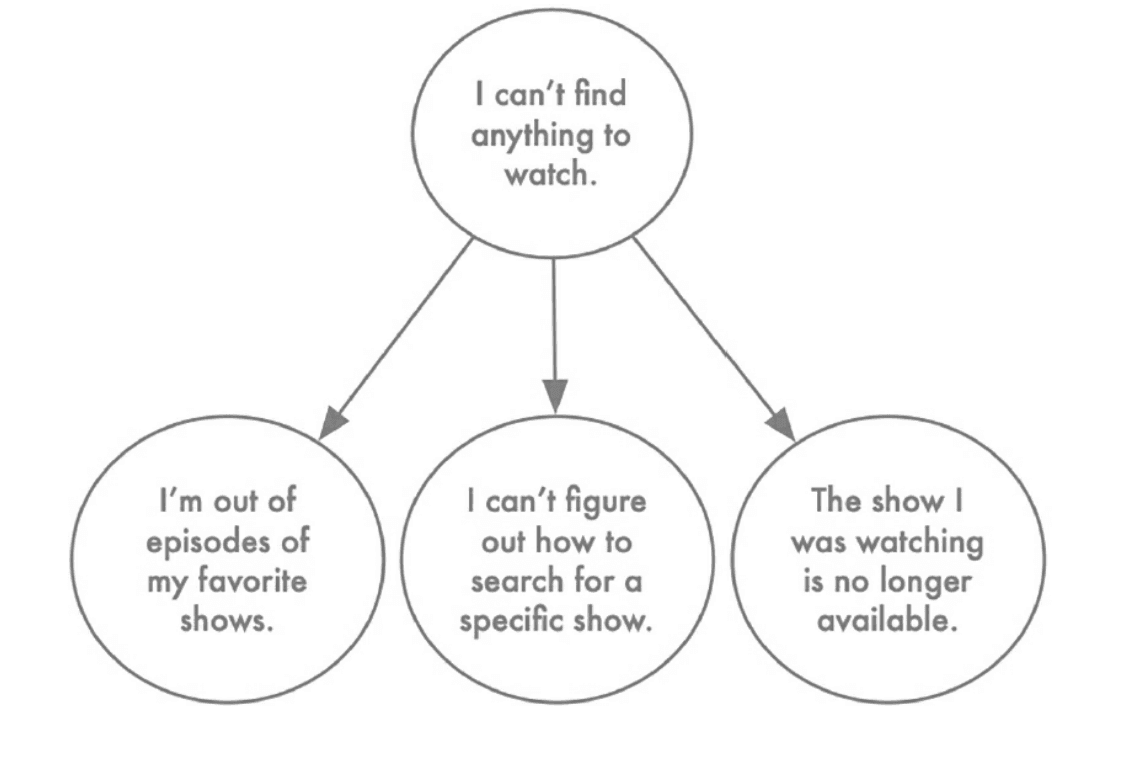Identify the opportunity
So many times great opportunities are wrapped up inside simple problems.
The problem at hand may be symptomatic of bigger problems with your systems or perhaps your industry.
356
1.39K reads
CURATED FROM
IDEAS CURATED BY
The idea is part of this collection:
Learn more about problemsolving with this collection
How to align stakeholders
Best practices in product management leadership
How to create value together
Related collections
Similar ideas to Identify the opportunity
Creative Problem-Solving
There are only so many ways you can solve a problem when you are unwilling to consider unorthodox solutions. You limit yourself and your opportunities by doing so.
When you allow for any and every possible solution, you may in fact end up coming up with more creative ways to solve proble...
Opportunity Mapping
The insights from interviews should allow a product team to evolve a map of opportunities that could be considered for solutions:
- The map is presented as a tree. Some parent opportunities can have multiple nodes. The product team needs to combine similar ones or maintain a hierarchy.
Find Opportunity In Every Situation No Matter How Worst
Look at the opportunity, not the challenge. History shows us that a lot of people and a lot of companies make a lot of money during recessions. The key is to find the opportunity. Where is the market heading? What do people want and need? What will they want in the future? Now is...
Read & Learn
20x Faster
without
deepstash
with
deepstash
with
deepstash
Personalized microlearning
—
100+ Learning Journeys
—
Access to 200,000+ ideas
—
Access to the mobile app
—
Unlimited idea saving
—
—
Unlimited history
—
—
Unlimited listening to ideas
—
—
Downloading & offline access
—
—
Supercharge your mind with one idea per day
Enter your email and spend 1 minute every day to learn something new.
I agree to receive email updates

